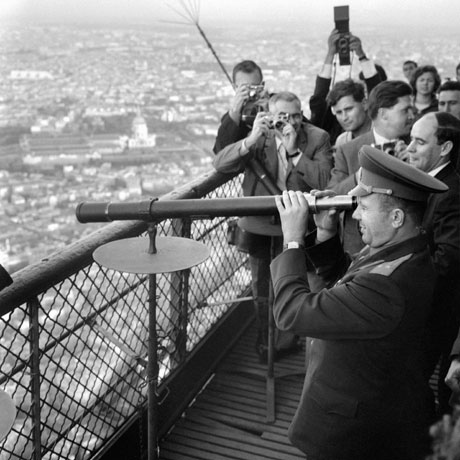 The iconic Eiffel Tower represents love and the romance of France. At a magnificent 1,063 ft. high, the tower showcases one of man’s greatest achievements.
The iconic Eiffel Tower represents love and the romance of France. At a magnificent 1,063 ft. high, the tower showcases one of man’s greatest achievements.
Surprisingly, it was once revered as much as a street lamp.
When construction on the now beloved tower began in early 1887, critics believed the structure would mar Paris’ skyline and become a permanent eye sore rather than an architectural achievement. Set to serve as the entrance to the 1889 World Fair, the tower sparked protests. Artists, masons, and citizens of Paris felt the structure betrayed the city’s identity. Leon Bloy described the tower as “a truly tragic street lamp.”
Few key points about the tower
1. Completed on March 31, 1889, the tower was the world’s tallest man-made structure for 41 years until the completion of the Chrysler Building in New York in 1930.
2. It is 324 metres tall (including antennas) and weighs 10,100 tonnes.
3. It was the tallest structure in France until the construction of a military transmitter in the town of Saissac in 1973. The Millau Viaduct, completed in 2004, is also taller, at 343 metres.
4. It is possible to climb to the top, but there are 1,665 steps. Most people take the lift.
5. The lifts travel a combined distance of 103,000 km a year – two and a half times the circumference of the Earth.
6. Victor Lustig, a con artist, “sold” the tower for scrap metal on two separate occasions.
7. During cold weather the tower shrinks by about six inches.
8. Gustave Eiffel, the engineer and architect behind the tower, was also involved in a disastrous attempt by the French to build a canal in Panama, and his reputation was badly damaged by the failure of the venture.
9. Eiffel also designed interior elements of the Statue of Liberty.
10. He died while listening to Beethoven’s 5th symphony.
11. Since its opening almost 250 million people have visited the tower.
12. Today the tower welcomes almost 7 million people a year, making it the most visited paid-for monument in the world.
13. Its construction took two years, two months and five days – 180 years fewer than Paris’s other great attraction, Notre Dame.
14. During the German occupation, the tower’s lift cables were cut, and the tower closed to the public. Nazi soldiers then attempted to attach a swastika to the top, but it was so large it blew away and had to be replaced with a smaller one.
15. In 1944, as the Allies approached Paris, Hitler ordered Dietrich von Choltitz, the military governor of Paris, to demolish the tower, along with other parts of the city. The general refused.






